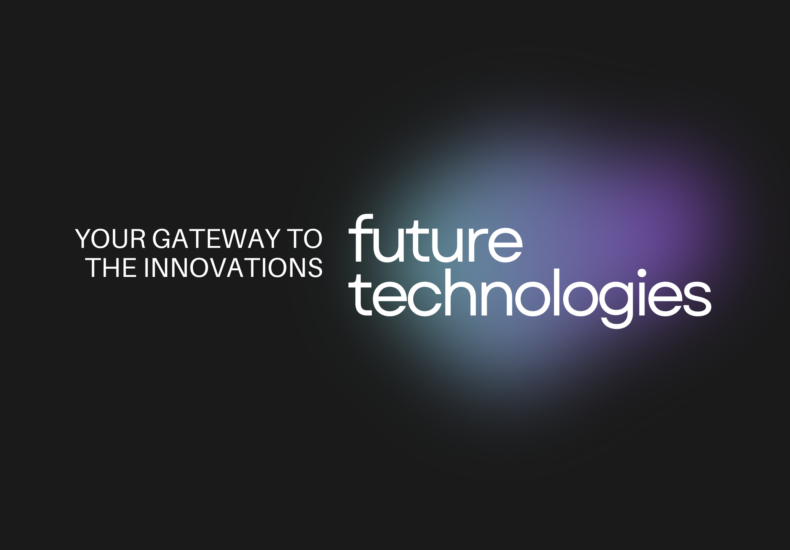
The Future of Education: How Technology is Transforming Learning
Introduction
Education has undergone tremendous changes over the past few decades, largely driven by technological advancements. From traditional classrooms to digital learning environments, technology has transformed the way students absorb knowledge and interact with their studies. As innovations continue to emerge, the future of education looks more dynamic than ever before.
The Rise of Online Learning Platforms
One of the most significant changes in education is the rise of online learning platforms. Websites like Coursera, Udemy, and Khan Academy have revolutionized education by offering courses on a variety of subjects, making learning more accessible. Students can now learn at their own pace, from anywhere in the world, removing barriers that once limited education to physical classrooms.
Artificial Intelligence in Personalized Learning
Artificial Intelligence (AI) is playing a key role in shaping the future of education. AI-driven platforms can analyze student performance and provide customized learning paths tailored to their needs. Adaptive learning software ensures that students receive personalized feedback, improving their understanding of complex concepts.
Virtual and Augmented Reality in Classrooms
Virtual Reality (VR) and Augmented Reality (AR) are making learning more immersive. Students can explore historical sites, conduct virtual science experiments, or engage in interactive simulations. These technologies enhance engagement and comprehension by allowing learners to experience subjects in a more interactive manner.
The Role of Gamification in Education
Gamification, the use of game-like elements in learning, is gaining popularity as an effective teaching tool. Educational apps and games make learning fun and interactive, increasing student motivation. Elements such as leaderboards, badges, and challenges encourage healthy competition and improve knowledge retention.
The Expansion of Hybrid Learning Models
Hybrid learning, which combines traditional classroom teaching with online learning, has become more common, especially after the COVID-19 pandemic. This model provides flexibility, allowing students to balance in-person and remote education effectively. Institutions are increasingly adopting this blended approach to maximize learning efficiency.
Blockchain Technology in Education
Blockchain technology is enhancing the security and transparency of educational records. Universities and institutions are exploring blockchain for issuing digital diplomas and certificates, reducing the risk of fraud. Additionally, blockchain can streamline administrative processes, making student records more accessible and verifiable.
The Influence of Big Data and Analytics
Big data is helping educators analyze student performance on a deeper level. By tracking learning patterns, educators can identify students who need additional support and tailor teaching methods accordingly. Data-driven insights help institutions improve curricula and optimize the learning experience.
The Growth of EdTech Startups
Educational technology (EdTech) startups are driving innovation in learning. Companies like Duolingo, Quizlet, and Kahoot! are providing creative solutions to enhance education. These startups are reshaping traditional learning methodologies by integrating AI, VR, and interactive tools to cater to different learning styles.
Challenges and Ethical Concerns in Tech-Driven Education
Despite the advantages of technology in education, there are challenges and ethical concerns. The digital divide, data privacy issues, and over-reliance on technology pose risks to students and educators. It is crucial to ensure that technological advancements are used responsibly and inclusively.
Conclusion
Technology is transforming education in unprecedented ways, making learning more accessible, engaging, and efficient. As AI, VR, blockchain, and other innovations continue to evolve, the education sector must adapt to these changes. The future of education is bright, but it requires careful implementation to ensure that all students benefit from these advancements. The key lies in balancing technology with human-centered learning approaches to create an inclusive and effective education system.
Archives
Calendar
| M | T | W | T | F | S | S |
|---|---|---|---|---|---|---|
| 1 | 2 | 3 | 4 | 5 | 6 | |
| 7 | 8 | 9 | 10 | 11 | 12 | 13 |
| 14 | 15 | 16 | 17 | 18 | 19 | 20 |
| 21 | 22 | 23 | 24 | 25 | 26 | 27 |
| 28 | 29 | 30 | ||||
Leave a Reply